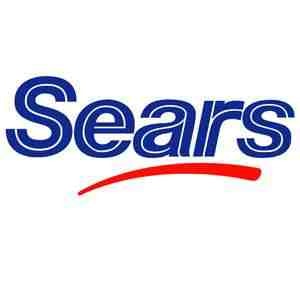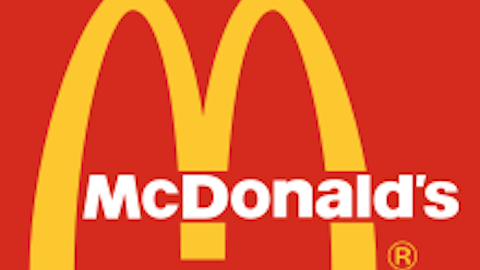
But how many investors expected that this iconic retailer would be gearing up to compete with datacenter and communications real estate giants like Digital Realty Trust, Inc. (NYSE:DLR) and American Tower Corp (NYSE:AMT)?
So how long will it take to staunch the bleeding?
In a piece recently written for Motley Fool readers, I pointed out that Sears Holdings Corp (NASDAQ:SHLD)’s operations have consumed $571 million in cash during the past two years — while over 500 K-Mart and Sears locations have been closed. Some former executives and retail analysts have grave concerns regarding Sears Holdings Corp (NASDAQ:SHLD)’ retailing future due to the continuing decline in same store sales. During 2012, a group of 11 stores were sold to mall owner General Growth Properties for $270 million, and three leases totaling 1 million square feet were returned to Canadian landlord Cadillac Fairview, generating $170 million for Sears Holdings.
Where is more money likely to be found?
Unfortunately, deals of this type are unique and can’t be used to infer a value for remaining Sears and K-Mart stores due to local market and site specific factors. The conventional leasing and sales activity for available facilities listed on the Sears SHC Realty website began in 2010 — including leasing space to grocer Whole Foods Market, Inc. (NASDAQ:WFM) in mall locations sprinkled throughout the U.S. Sears still has a remaining real estate portfolio of approximately 240 million square feet including 750 owned and 1,520 leased Sears, K-Mart and Sears Canada stores.
Panning for high tech gold
Newly minted in May, Ubiquity Critical Environments is both a real estate and a technology initiative. It is tasked with “the mission of converting some of the more than 330 closed Sears Holdings Corp (NASDAQ:SHLD) and Kmart stores into facilities for data warehousing, network co-location centers, and business continuity operations.” According to a May 23 Datacenter Knowledge report, the first step has been to evaluate the portfolio and identify properties that could work as data centers. Chicago engineering firm ESD has been conducting a “data center fitness test” on promising properties to size up their power, fiber and risk profiles.
The first nugget will be found in Chicago
The first Ubiquity project will be a 127,000 former Sears store on the south side of Chicago that has 5 megawatts of existing power capacity with the potential to expand. It is planned to be retrofitted as a multi-tenant data center.
This puts Ubiquity directly in competition with companies such as Digital Realty Trust, Inc. (NYSE:DLR), a global leader in the data storage REIT space with over 23 million square feet leased to tenants in 123 properties. According to the Wall Street Journal, analysts are concerned about rising capital expenses and declining rent at data-center REITs. Shares of all REITs have been hit hard the past couple of months due to a rising interest rate environment.
In spite of that trend, Digital Realty Trust, Inc. (NYSE:DLR) still has a market capitalization of $7.6 billion, and generates enough cash to pay out a hefty $3.20 per share dividend, a yield of 5.3%. The good news for Sears Holdings Corp (NASDAQ:SHLD) investors is that Digital Realty is doing this with a real estate footprint that is one-tenth the square footage of the existing Sears real estate portfolio.




